AGRAHARATHIL KAZHUTHAI
AGRAHARATHIL KAZHUTHAI : Movie Review
“Donkey in a Brahmin Village “
2 Stars out of 5 ( Average )
Director & Co-Writer : John Abraham
Co-Writer : Venkat Swaminathan
Cast : M.B Sreenivasan, Swathi
1977 , Tamil ( Good English subtitles available, often capsized by unreadable bleaching out)
Dedicated to my dear friend Jaymon Kannukettyil
“ Professor Narayanswamy, I want to talk to you something “ -
“About your donkey.”
“ You know about my donkey, Father ?! “
“ Why only me ? The whole college is talking about it -
Have you not seen the posters put up by the students, all over the college –
It is bad for our discipline, and you are becoming…
Uhh….uhh….uhh
Joke for the students. “
“Well, Father, Let the young boys have some fun. What if , at my expense ?”
“ See, Mr.Narayanswamy , You are the senior-most professor here –
And, this is demoralizing our institution. And please do…something “
“ Father, This is a very personal matter, as far as I am concerned –
But if it is demoralizing to our institution, please give me two days leave –
I shall take the donkey to my village, to my home, and leave it there”
“ Thank you… Mr. .. Professor “.
The above conversation, mouthed in redolent local-accented English, is the best sequence of ‘Agraharathil Kazhuthai’. It sports understated hilarity and wonderful awkwardness that, to use a term by Yogananda Paramahamsa, is actually nothing but the ‘ineluctable quiddity’ of this cottage-industry product. The ‘Father’ (member of clergy running the college) speaks to a professor about how the latter’s pet donkey has become a matter of ridicule on the campus. The students parade the poor animal with a “professor of philosophy” tag around its neck, and scrawl the college walls with asinine nuggets of philosophy. The Professor, who loves his donkey but has had enough of the prevailing insensitivity, decides to park the adolescent animal in his home village.
John Abraham garnered a cult reputation, at least in South Indian film circles, as an “avant-garde” film-maker. He died at age fifty, after a fall from a house top and ensuing negligent treatment. “Amma Ariyan ” ( ‘Mother and Son’ – 1986, the year before he died) and “ Agraharathil Kazhuthai ” ( ‘Donkey in a Brahmin Village’ – 1977 ) remain the films by which he is best known. Both features were shot on a sandal-string budget, evident from the technical values. While ‘Amma Ariyan’ was filmed in Abraham’s native language Malayalam, the latter film is in Tamil – perhaps Abraham could not get it made with Malayali funds, perhaps he wanted a larger audience than his home state, but the end result is underwhelming – this is a satire with blunt teeth.
That said, even the allegations surrounding his death are mordantly satirical. It is reported that he “was not recognized” and hence not given proper treatment. Does this mean that the unrecognized public should be left to die with negligent management while the recognized film-makers get proper care ?
Abraham was inspired by Robert Bresson’s ‘Au Hasard Balthasar’ and this is indirectly acknowledged in the film. Abraham and co-writer Venkat Swaminathan’s intention is to show the donkey as a pariah symbol, shunned and insulted by the city public, and again treated with contempt by the Brahmins ( the priestly class planted highest on India’s manufactured caste ladder). When the donkey is gone, a wryly observed change occurs in their perception. The reviled symbol could well be a stand-in for the so-called ‘low-caste’ people, who have been treated with barbarism down the millennia. It could also represent the thousand superstitions which the Brahmins fastidiously observe, but which tend to fall apart when reality burns the fingers.
The direction is not the problem – Abraham is a decent director, with shot-taking skills that are calm and considered. But any true cinematic muscle he can flex, is palsied by a hopelessly predictable and bland story-board which has all the maturity and imagination of a run-of-the-mill fifteen year old’s handiwork. The donkey is repeatedly shoved into social gatherings and priestly congregations by scheming boys, thereby generating an uproar – after a while, we can predict these developments from a mile away. These mediocre depictions steadily drain viewer interest, and by the time the satirical phase slips in, it draws little more than a wan smirk. Taking a jab at Brahminical superstition, their range of follies and subsequent crying over spilled milk, could all have been done in a much more biting and humorous way than the anemic proceedings on show here.
In any kind of story-telling, the scene to scene nitty-gritty of narration matters as much or more than the surface structure and destination. This attention to every passing detail can foster a likelihood that viewer may return to enjoy the story even after she or he knows how it begins, proceeds and ends. But such intra-sequence nicety is conspicuously absent here. I do not find a single scene, that trippy college conversation aside, which sports a narrative depth, grandeur of vision, or psychological detailing that makes me wants to return. Yes we know this was filmed with a sandal-string budget, but even with little money, you can record a great scene if you set your mind to it – that priority is non-existent here. Except for the finale, the overall plan seems to be to get prosaically through the story-board from A to M to Z and thus wrap it up.
There is an admittedly noteworthy story-track of a mute girl who is treated with a particularly selfish use-and-throw mentality by her community. She is given commendably consistent coverage by Abraham. There was potential here to generate genuine poignancy but this track remains a mediocrely realized one.
The man or woman in charge of the subtitles is a bigger ass than that poor donkey could ever be. Countless dialogues – subtitled in white letters - drown and become unreadable in the bleach of the whites of the frame. A more sensible person would have set the letters yellow to stand out better, as evidenced in many other black-‘n’-white and colour films.
Of the cast, the best performance is given by the donkey. It carries on its young shoulders a subtle portrayal of honesty and vulnerability, and throughout, I really felt for it. The rest of the actors sleep-walk through their limited brief.
Sound design, where the natural sounds of a scene come through, is a phantom, made deaf by lack of care first and lack of funds next. Cinematography, however, is steady and discloses a sure-eyed aesthetic planning within the confines of the restricted visual scheme. Here and there you will find some innovations – the professor and his father have sat down on the floor for a banana-leaf meal, with the son explaining to the father why he wants to keep the donkey – the camera focuses exclusively at both their meal spreads and we see only their hands as they tend to the flat hillocks of rice which cradle the lentil gravy at the centre. I wondered which hands belong to whom, and when the lens gradually moves up one hand to look at the professor’s face, I was mistaken at my guess ! The lens proceeds to gently move between father and son’s face as they talk to each other and then moves to the mother’s visage when she chimes in – from meal to son to father to mother all done with smooth camera movement and no cuts, achieving a beautiful visual economy. I have no intention of being unfairly hard on the film, but the fact remains that such instances of exemplary coverage remains few and far in between.
At the denouement, Abraham decides to chuck convention to the wind and comes up with a wild dance sequence, preceded by a rather interesting scene where the parents hand over the skull to the executioners, and then all ending with a pyrotechnic inspiration. What could be the meaning of all this ? I’m sure it has quite a deep meaning, rooted in local culture, and subconscious conflagrations that seek to destroy the abode of hypocritical people, all commingling with a prayer to the fire god. I just wish I had a marshmallow and a stick to sit through it all.
For a low-budget Indian film that takes a running kick at useless custom, look rather at pics like Mani Kaul’s ‘Duvidha’ ( 1973) – it might well have inspired Abraham but he can come nowhere close to that stallion flight with this donkey trot.
Pic ultimately has the appeal and value of a grad school artsy presentation which barely breasts the tape, underpowered by un-imaginative writing. It had become a crashing bore half-way through the run-time and when it finally ended at the 90 minute mark, I was so happy I could have kissed the donkey.
UPNWORLD
UPNWORLD welcomes your comments.

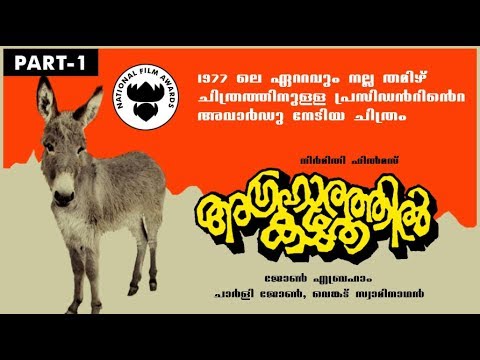
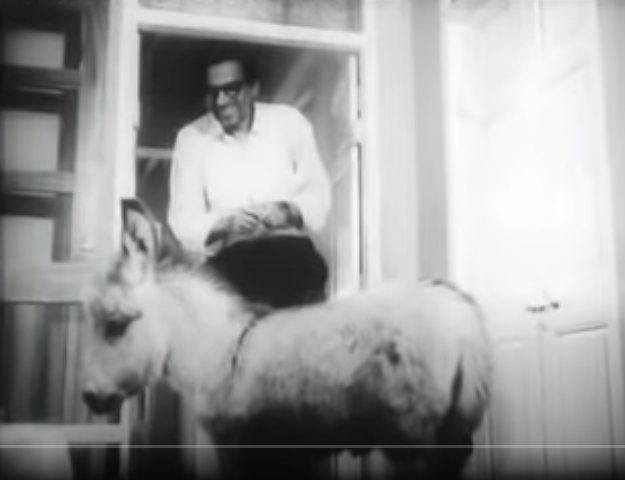
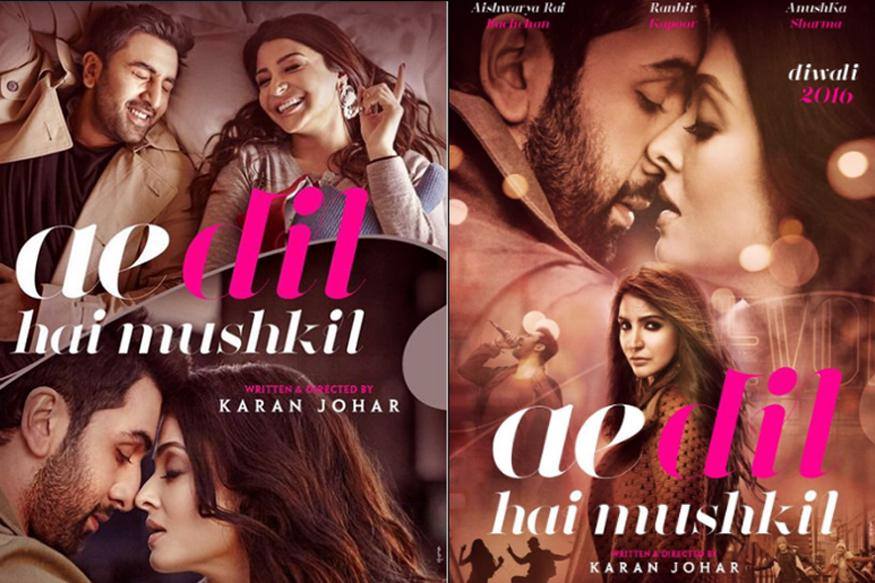
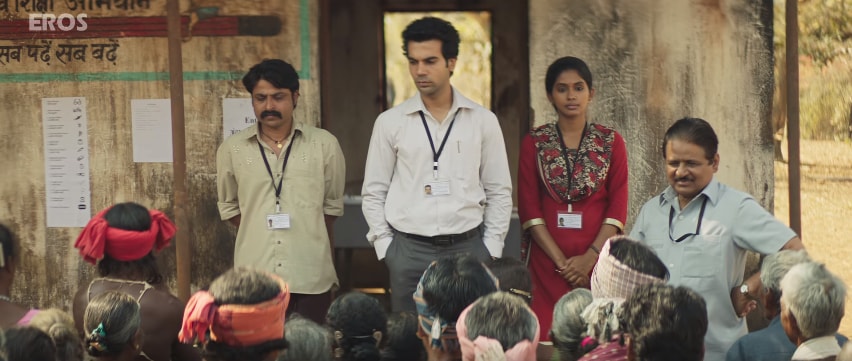
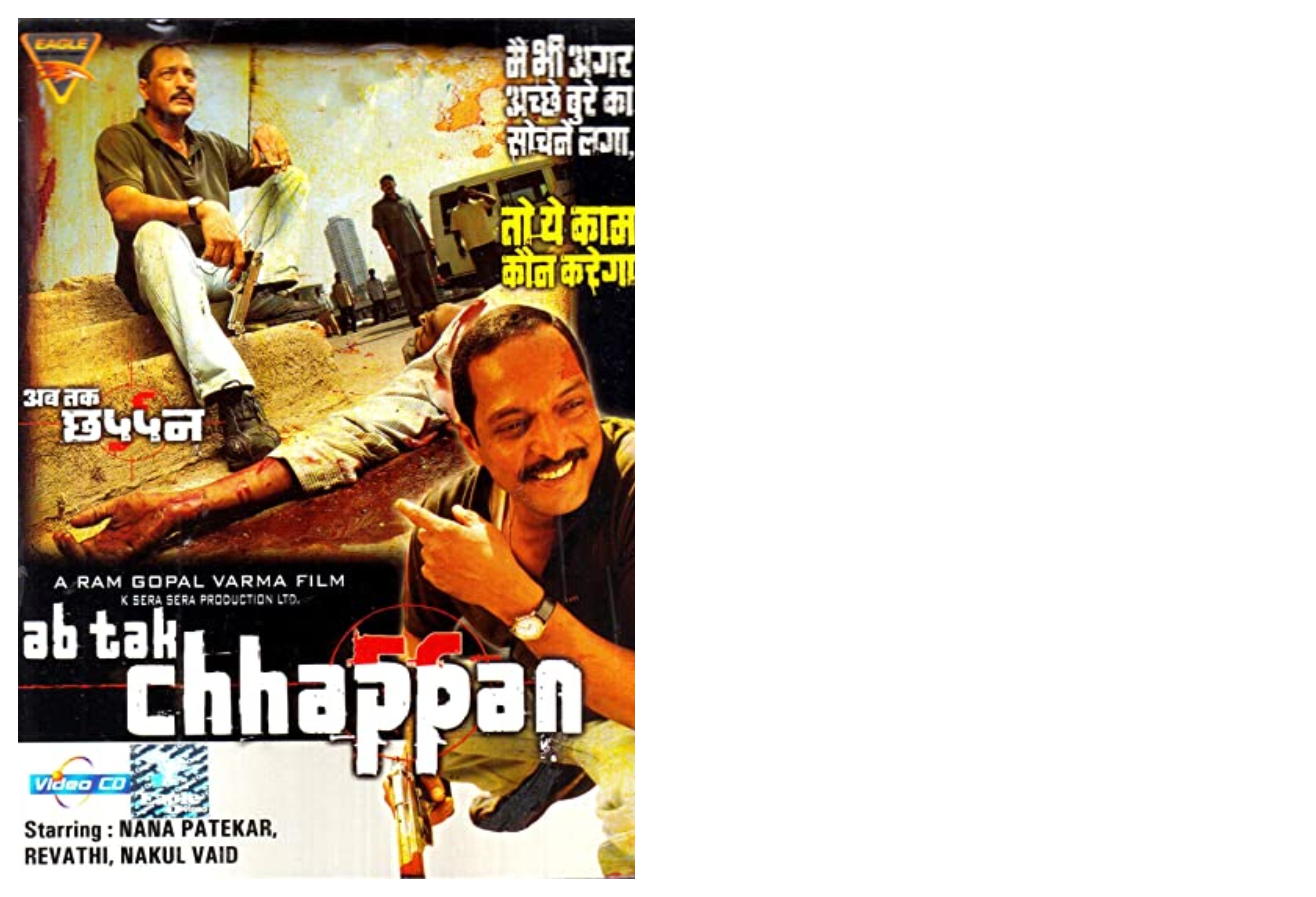
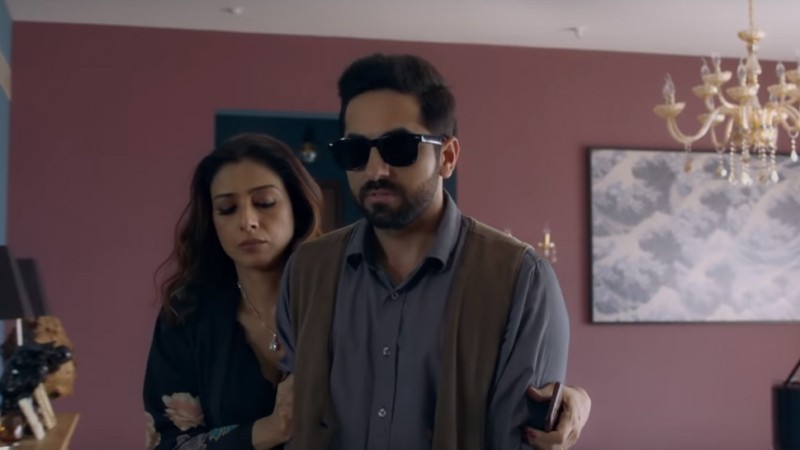




0 COMMENTS
WRITE COMMENT